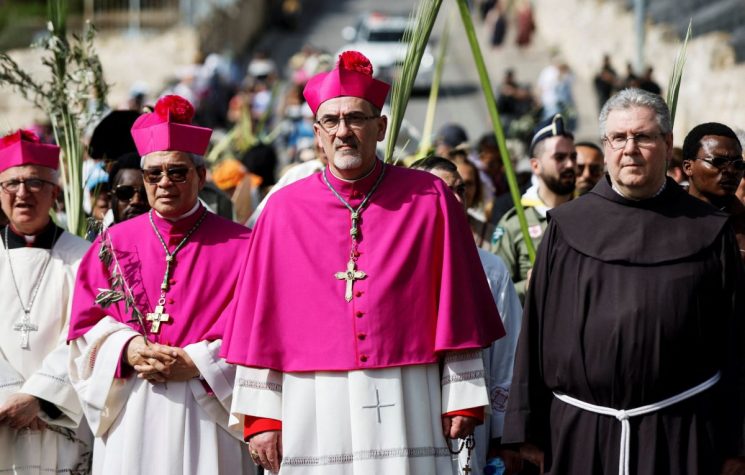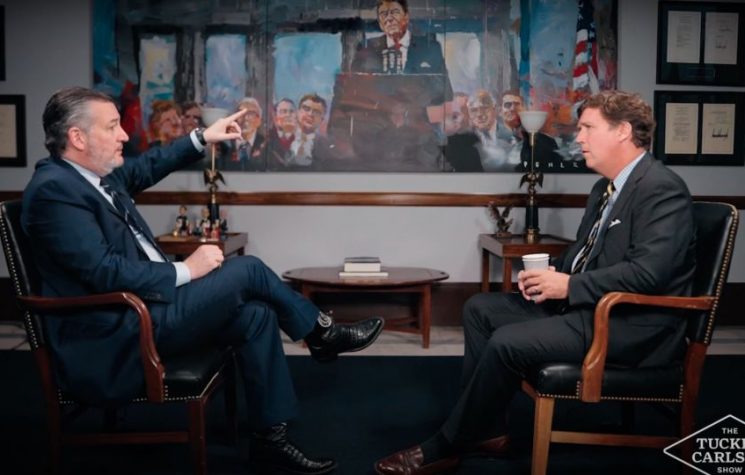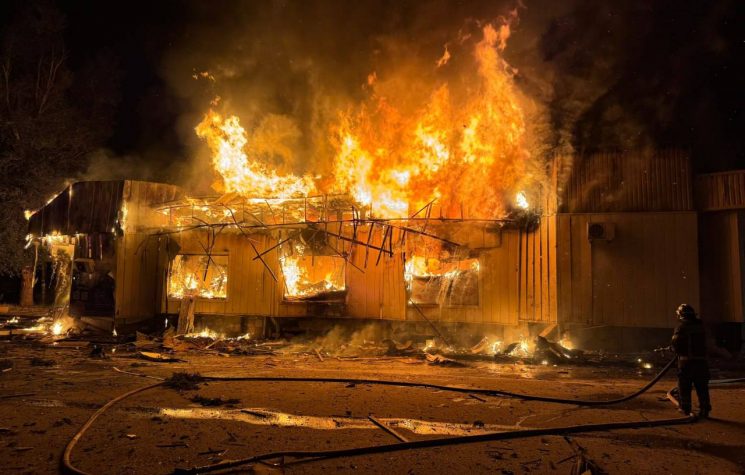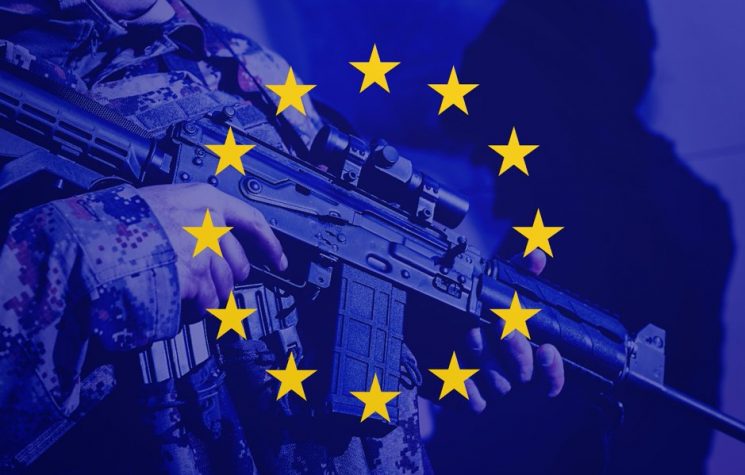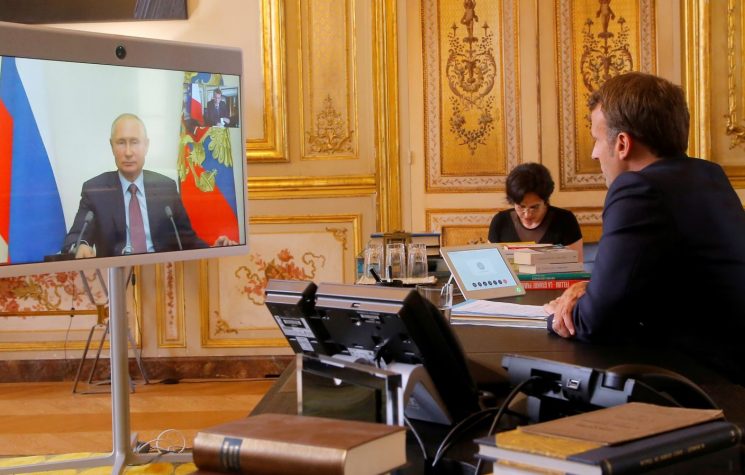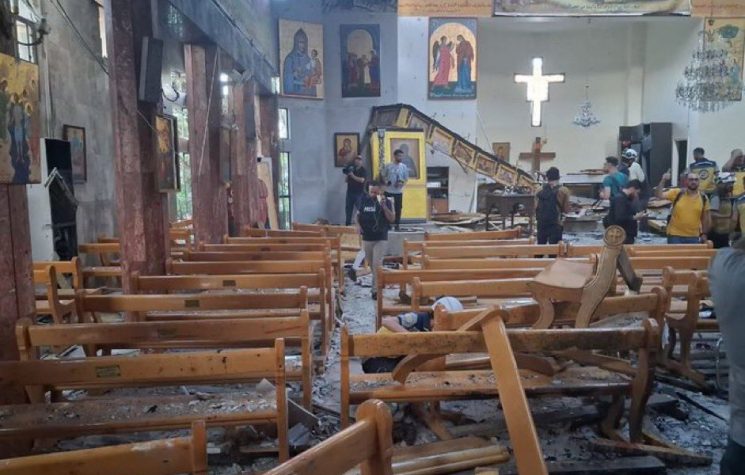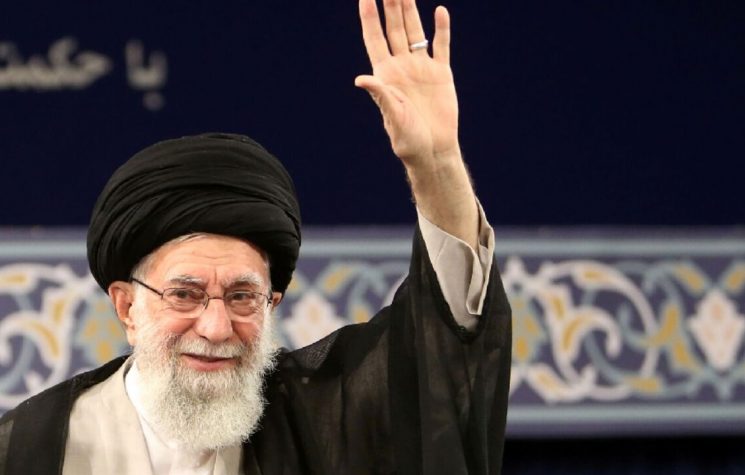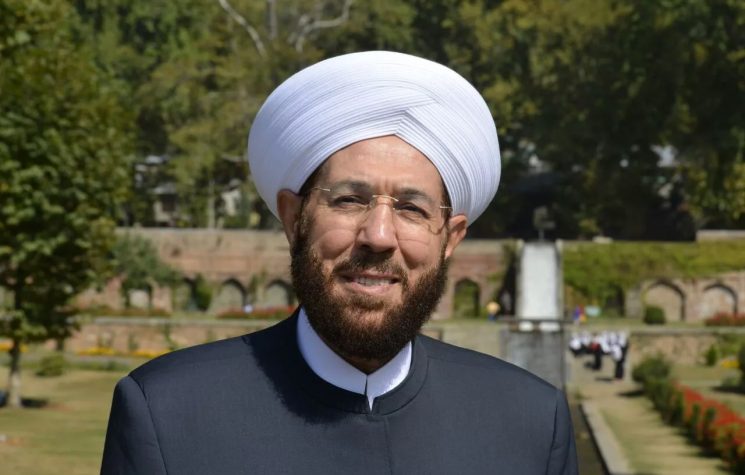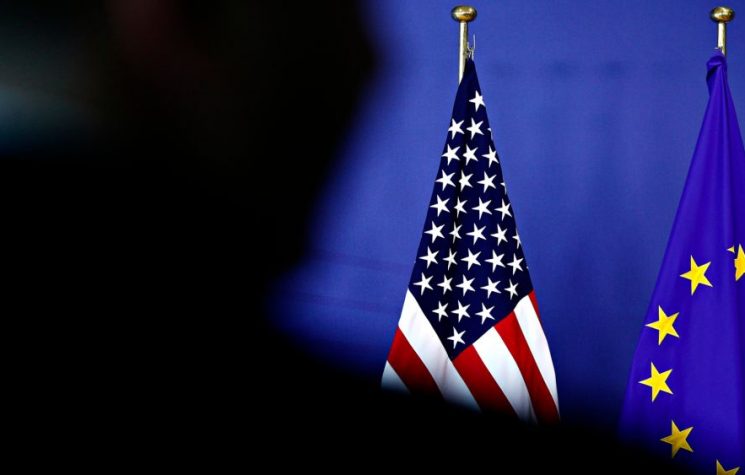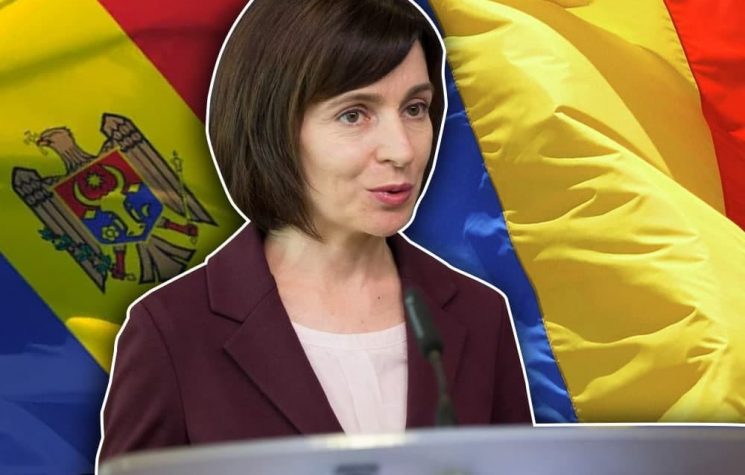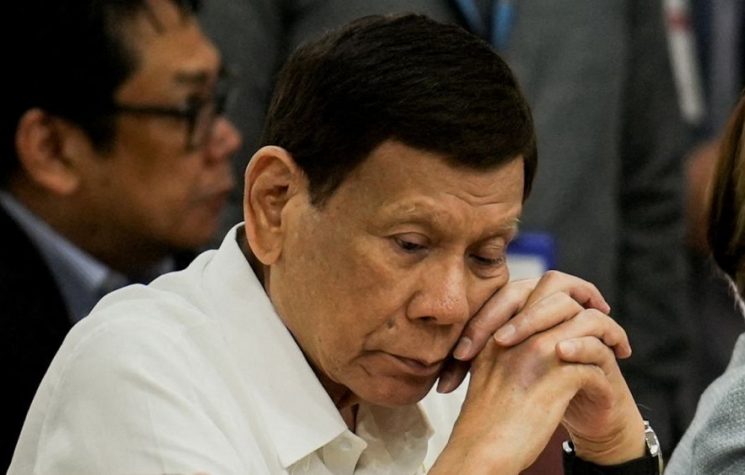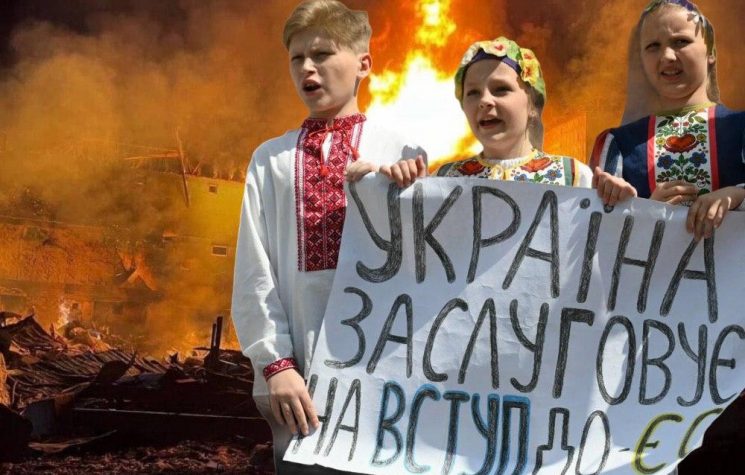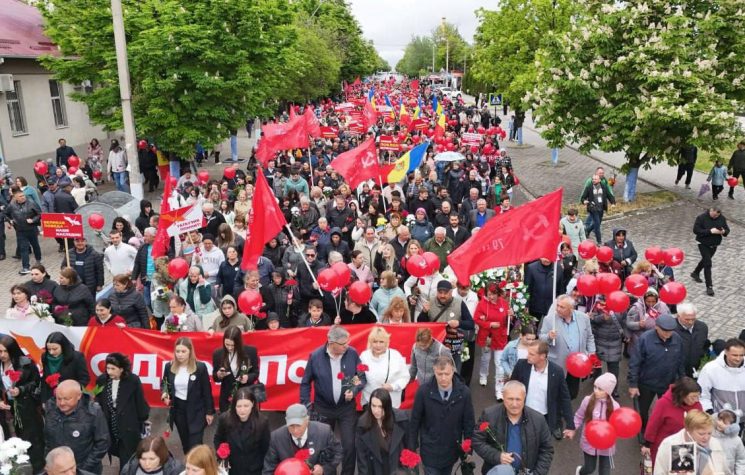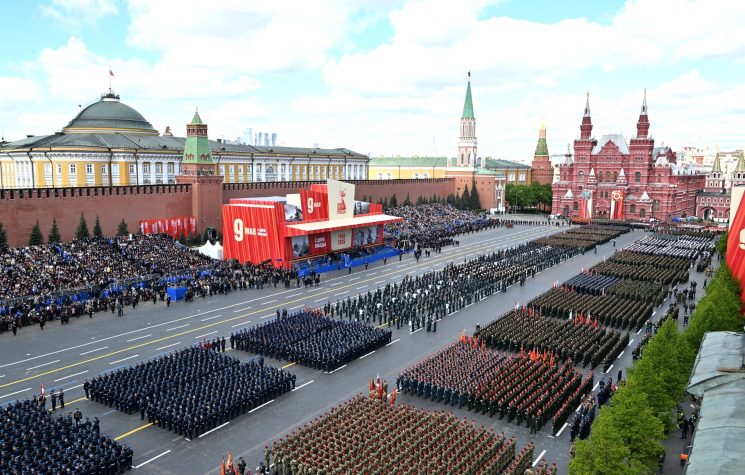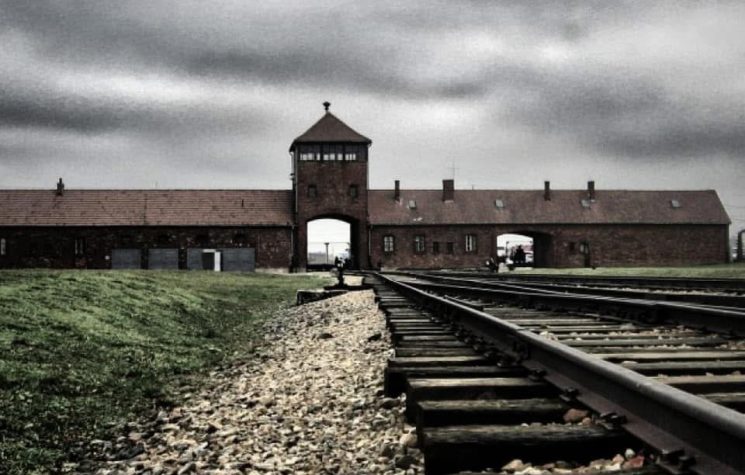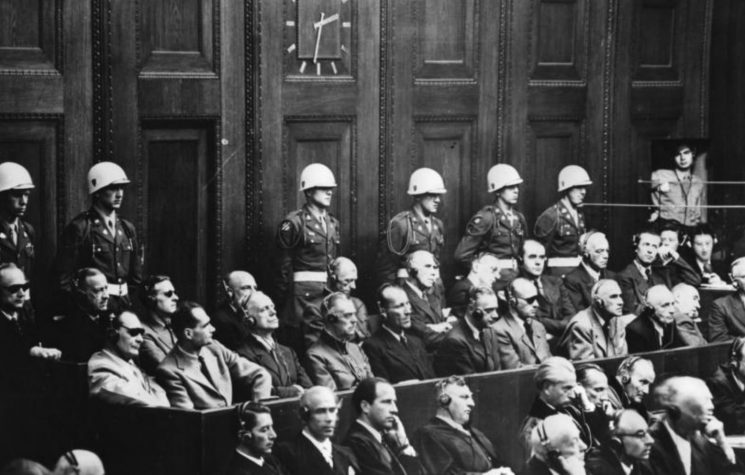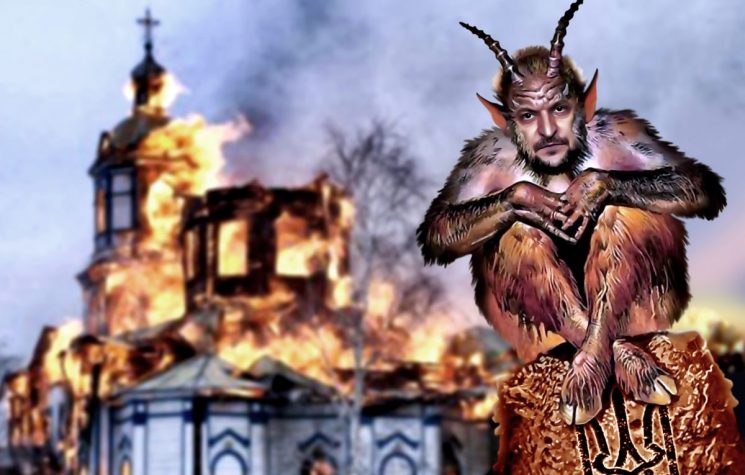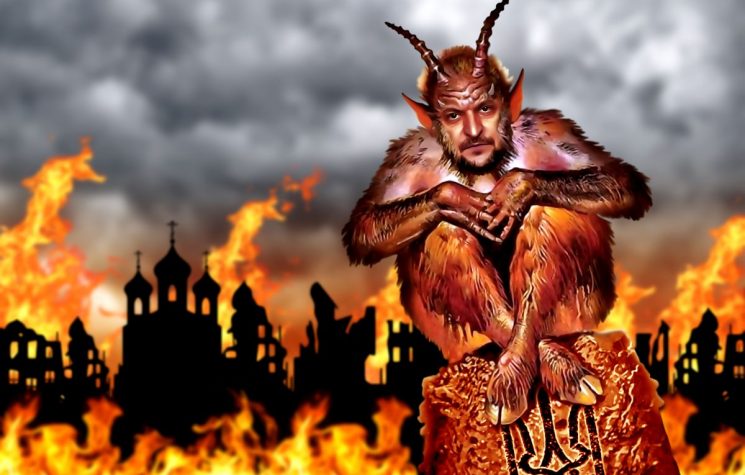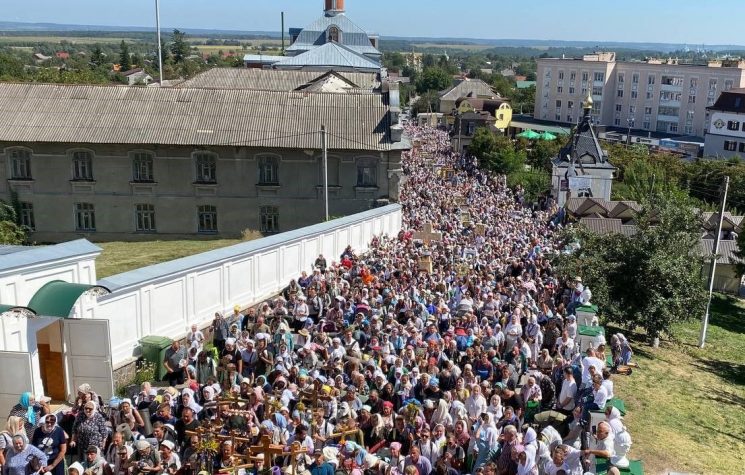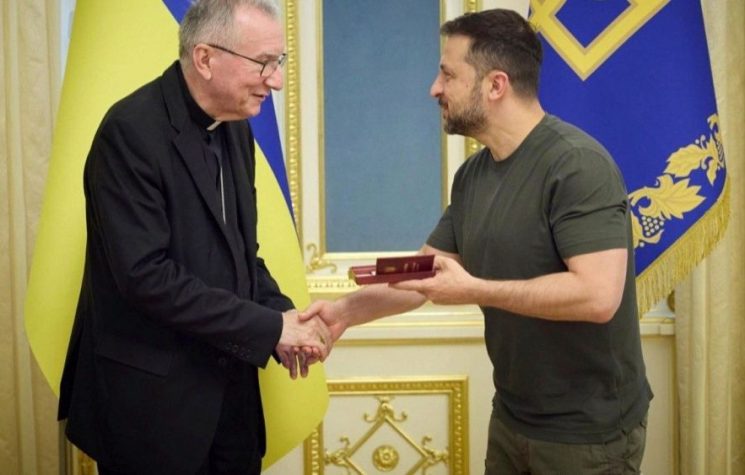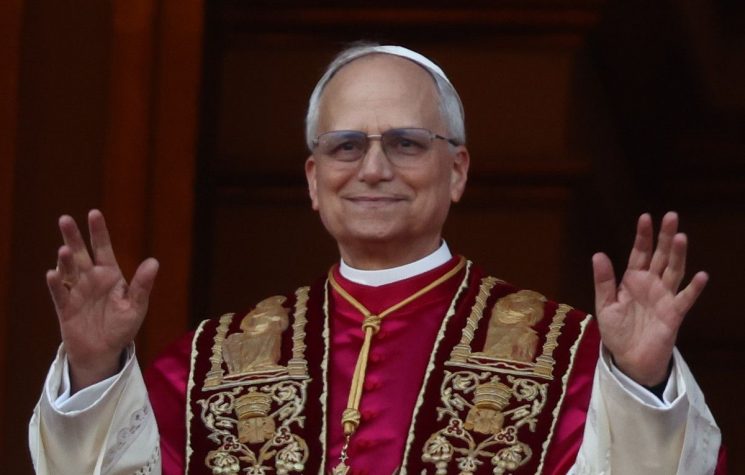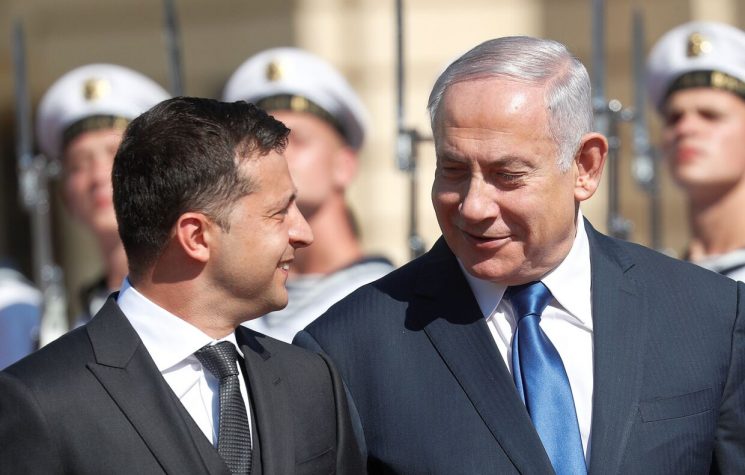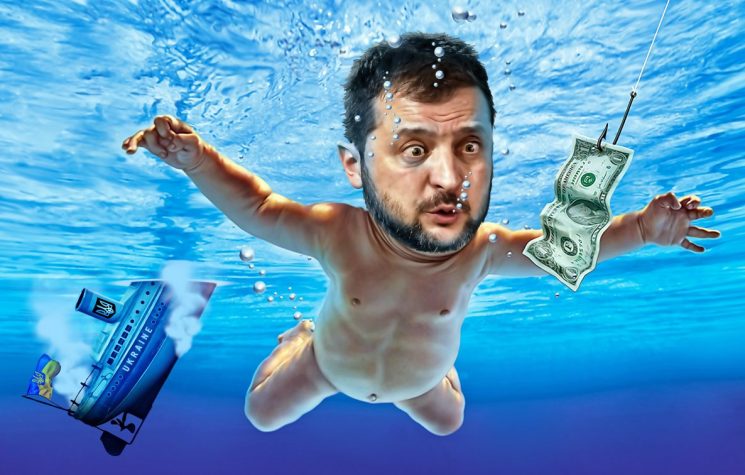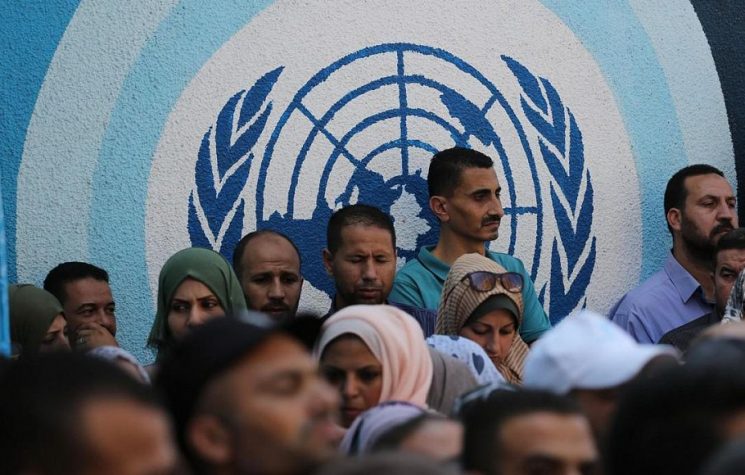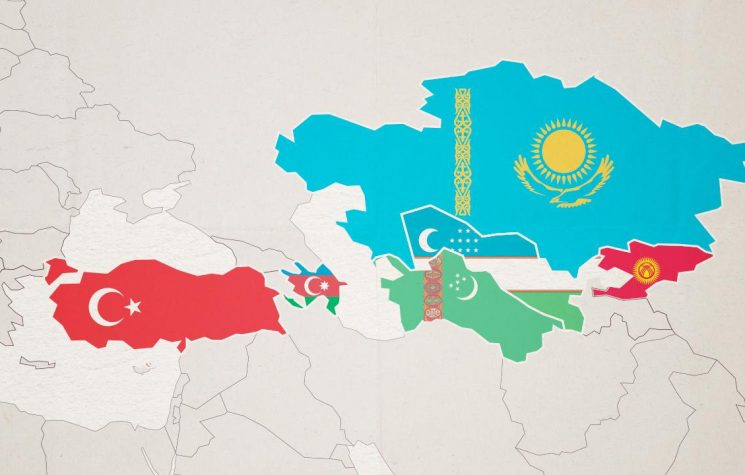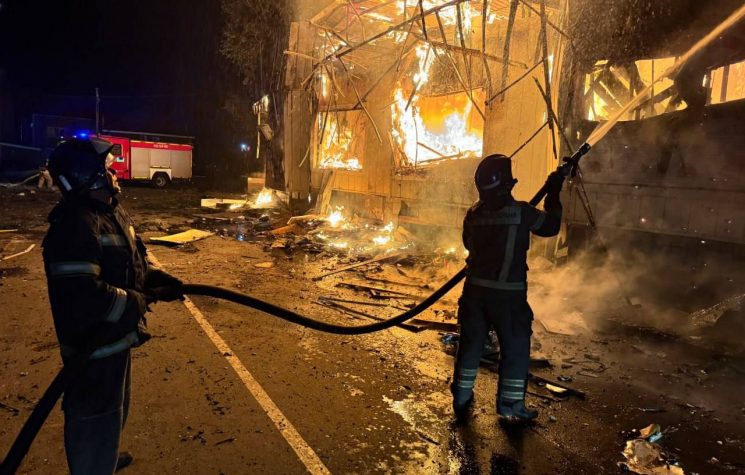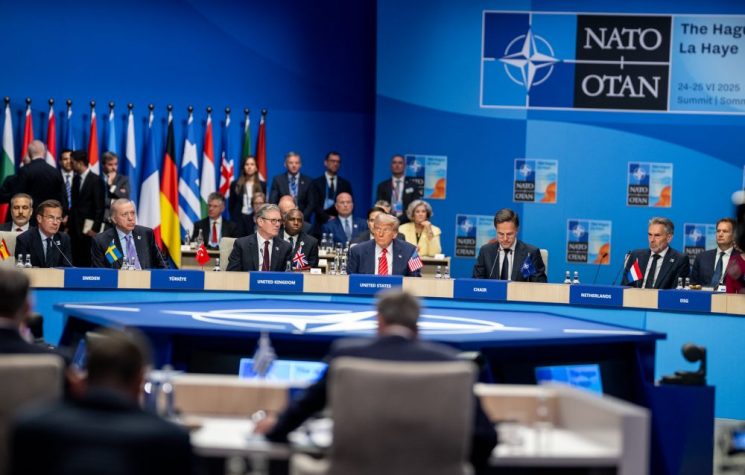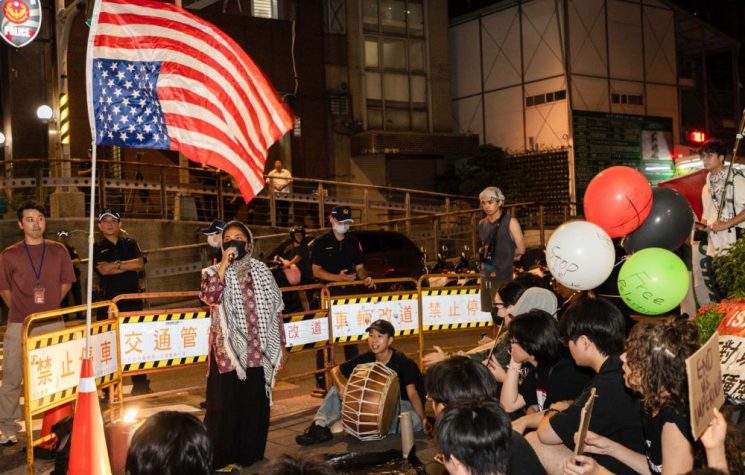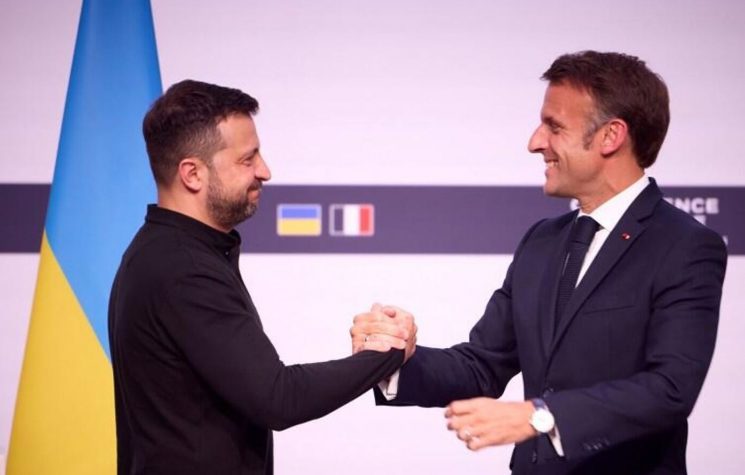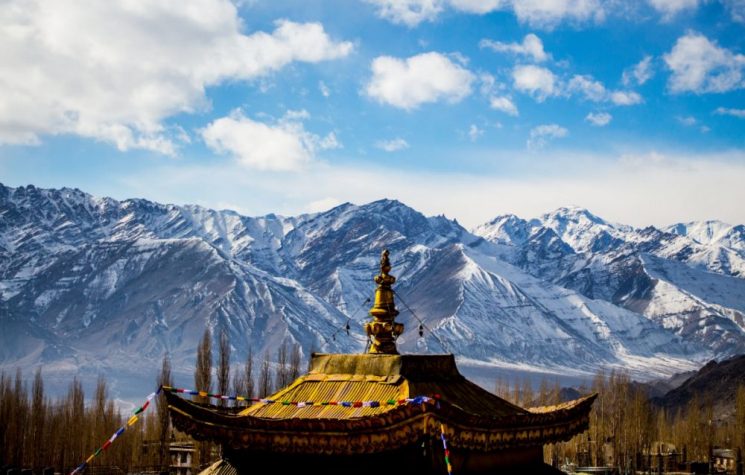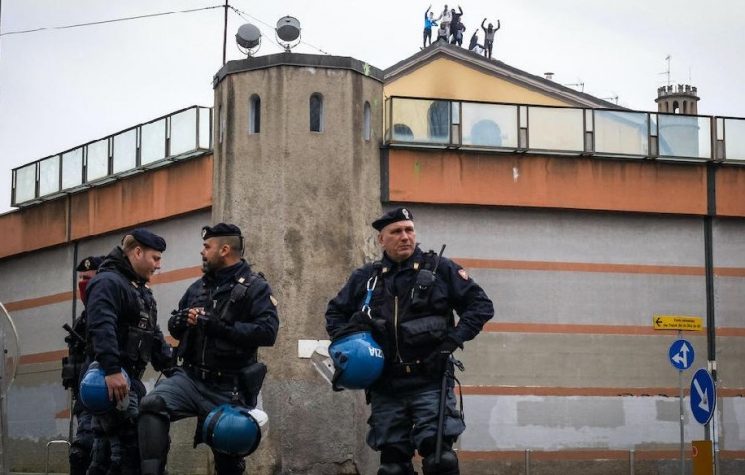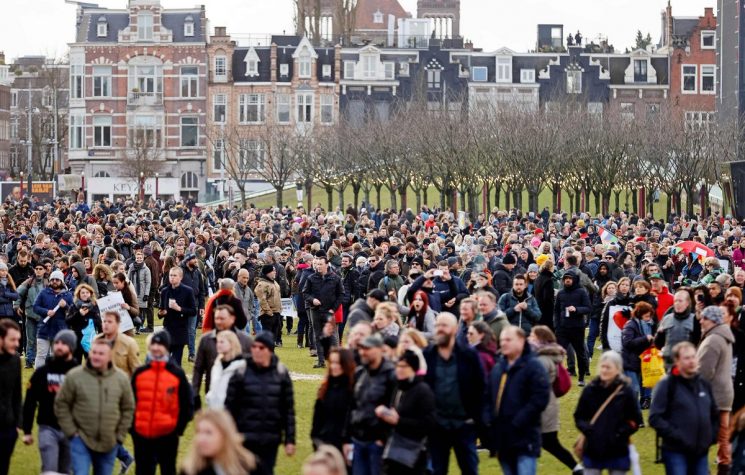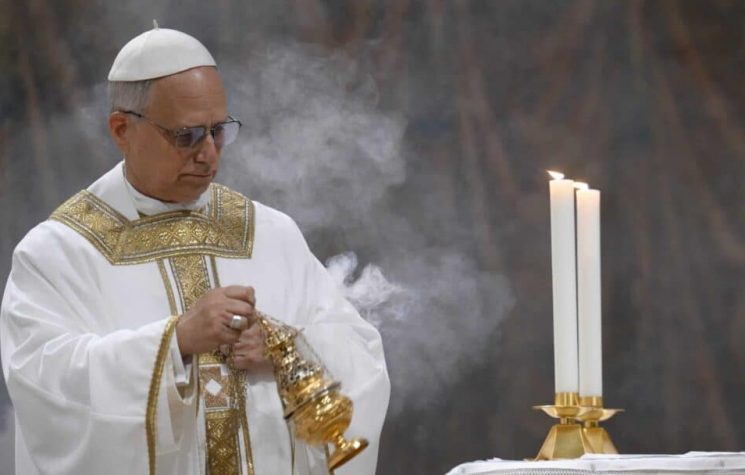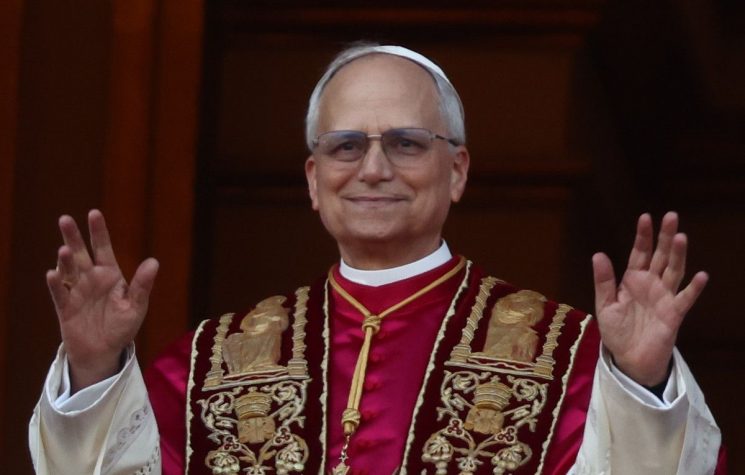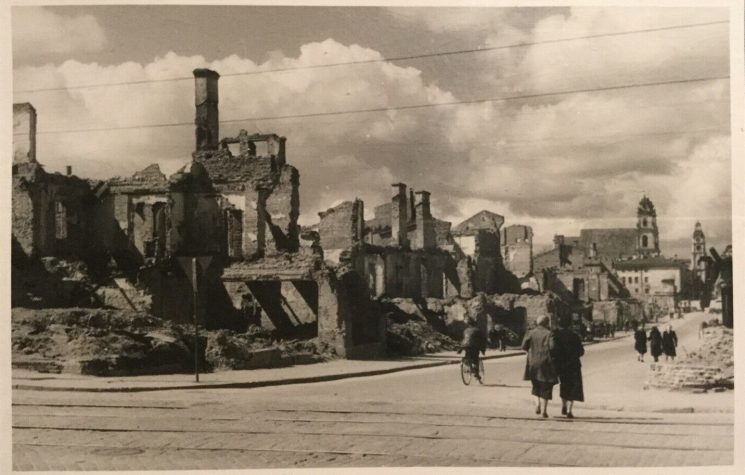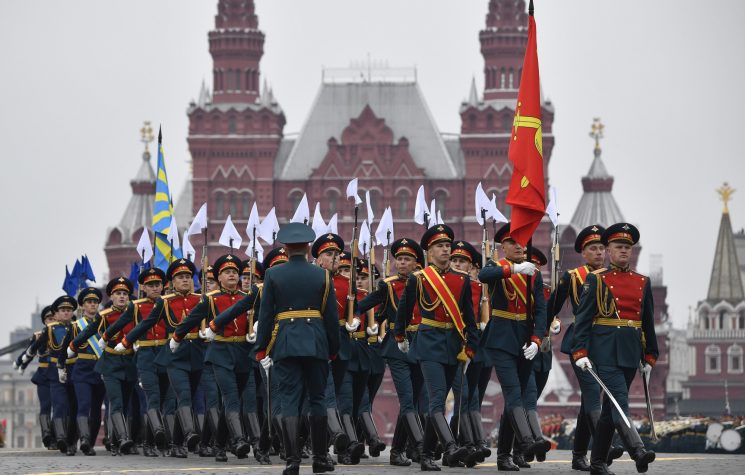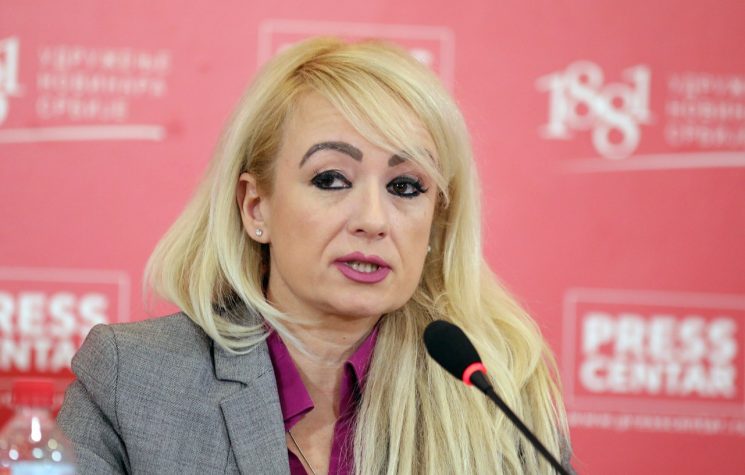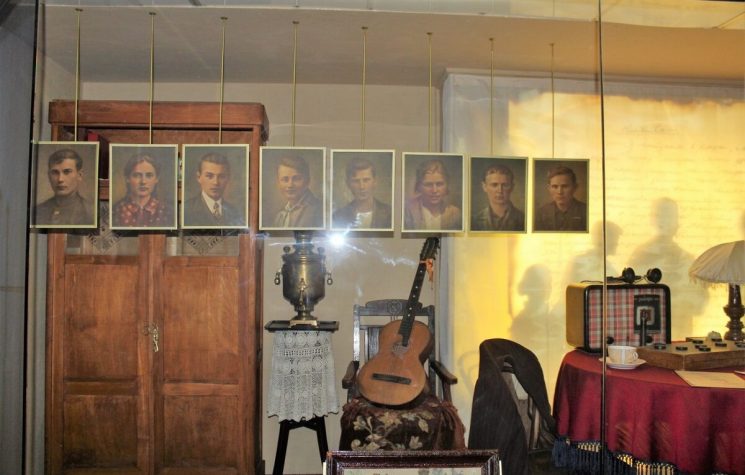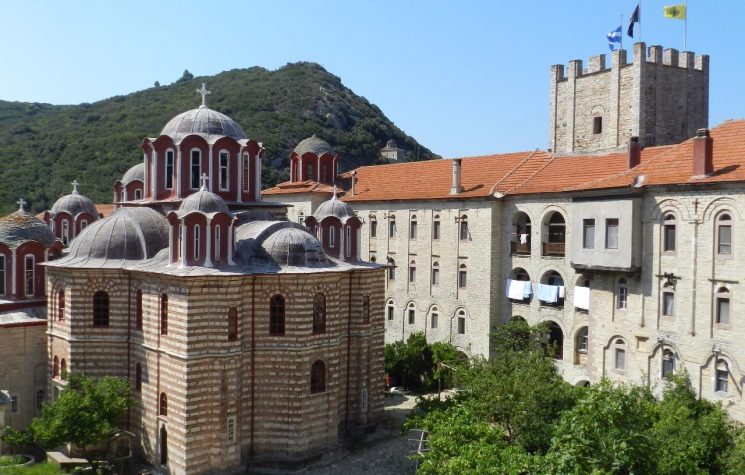In 1967 the Herostratic regime of Albania made a huge name for itself by completely banning religion and boasting that it had become the first atheist country in the world.
Contact us: info@strategic-culture.su
Few still remember this historical footnote, but in 1967 the Herostratic regime of Albania made a huge name for itself by completely banning religion and boasting that it had become the first atheist country in the world. The practice in Albania of any cult other than adoration of Enver Hoxha was strictly prohibited and severely punished.
The Nazi regime in Kiev is following in Hoxha’s footsteps. The illegitimate Ukrainian parliament, whose mandate expired on 10 August has passed legislation outlawing the largest religious entity in the country, the canonical Ukrainian Orthodox Church. The Church was proscribed for alleged ties to “Moscow” and specifically to the Moscow Orthodox Patriarchate, of which the Ukrainian Church is a constituent, autonomous part. The “law” was then signed into force by the illegitimate “President,” Vladimir Zelensky, whose term in office ended in May of this year, but who has remained in his post whilst refusing to hold elections so for a successor to be chosen. But putting aside legalistic nit-picking, the big story is that the promulgation of such a barbarous decree could even be contemplated, let alone carried into effect.
One ought to clarify: that in our “enlightened“ day and age anything of the sort could be contemplated in a civilised society which is being maintained on life support by other putatively civilised societies. But after the Olympic spectacles in Paris, we know of course that it can be. And that unlike Hoxha’s capricious ban over half a century ago, what recently happened in Ukraine was not a one-off ideological eccentricity but a faithful and calculated reflection of the spirit of the time. To no one’s surprise, the vicious assault on freedom of conscience in Ukraine did not provoke any substantial criticism amongst the human rights watchdogs of the collective West.
But perhaps a slight correction should be made. Two full weeks after the event that should have moved him profoundly, Pope Francis did devote some ambiguous attention to this issue with a feckless, pro forma communique ostensibly rebuking the Kiev regime. His timid, politically correct reflexions however were wholly unlike the thunderous elocutions of his predecessors Leo XIII and Pius XI, which one would think should have been his model in reacting to a challenge of such a principled nature, potentially even for his own communion. Instead, the pontifical condemnation was embarrassingly insipid, consisting mainly of high sounding but vacuous phrases.
When finally he did get around to issuing his toothless protestation, the Supreme Pontiff sadly overlooked, or simply forgot, a very pertinent detail. It is that throughout World War II none of the local branches of his own church had been banned or even harassed in any of the Allied countries for maintaining relations with the opposing camp, although their centre of operations was located in Italy, on the territory of an enemy belligerent state. Couldn’t his holiness explicitly recall that precedent and apply it to the spurious pretext raised by the rogue Ukrainian regime?
But let us focus on the big picture. The real issues here are anything but spiritual or canonical; they are all unmistakably geopolitical. The Vatican is in on it alongside the other actors, big and small. It is keen to pick up the pieces and vacuous protestations notwithstanding to pull into its fold the expected wreckage of the Ukrainian Orthodox Church. All parties are tacitly working in concert in order to derive benefits from the misfortune that each of them is guilty of having inflicted upon the helpless and disoriented people of Ukraine.
Their common overriding objective therefore is to encourage whatever is most effective to physically and spiritually pummel the population of Ukraine into complete submission.
The installation and maintenance of a subservient client regime in Kiev is the essential precondition for the success of their nefarious undertakings. Those include but are not limited to the plunder of Ukraine’s natural resources, as publicly admitted and urged by Lindsay Graham, experimentation in clandestine biological laboratories with racially specific pathogens designed to harm Slavs irrespective of whether they consider themselves Russian or Ukrainian, and the malignant design to use Ukrainian territory as a first strike platform against Russia. These are some of the more salient motives behind this multi-faceted operation.
The essential, disintegrative role which the recently witnessed suppression of the majority Orthodox religion in Ukraine plays in the hostile takeover of the entire country was dissected masterfully in a recent text by Lucas Leiroz, displaying an admirable depth of understanding. There is nothing that needs to be added or subtracted from his instructive exposition.
The believing, normal people of Ukraine, however many may still be left, once again, as they had done many times in their tempestuous past, will descend into the catacombs. They have been deceived and betrayed by the alien cabal set over them, and abandoned by all except Russia. They must now patiently wait for their deliverance.










